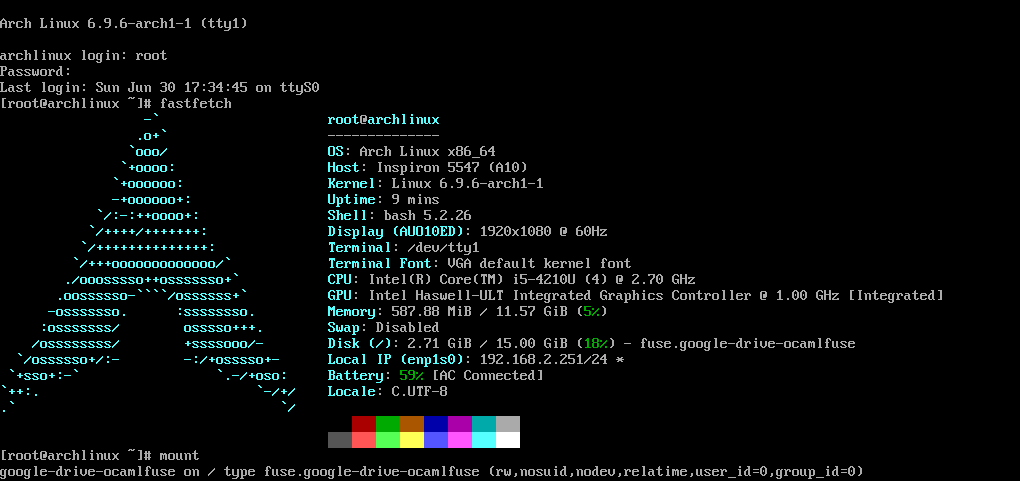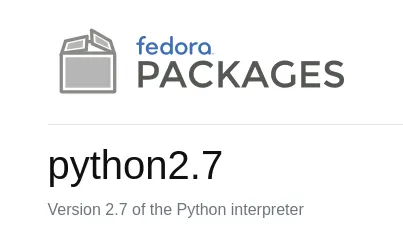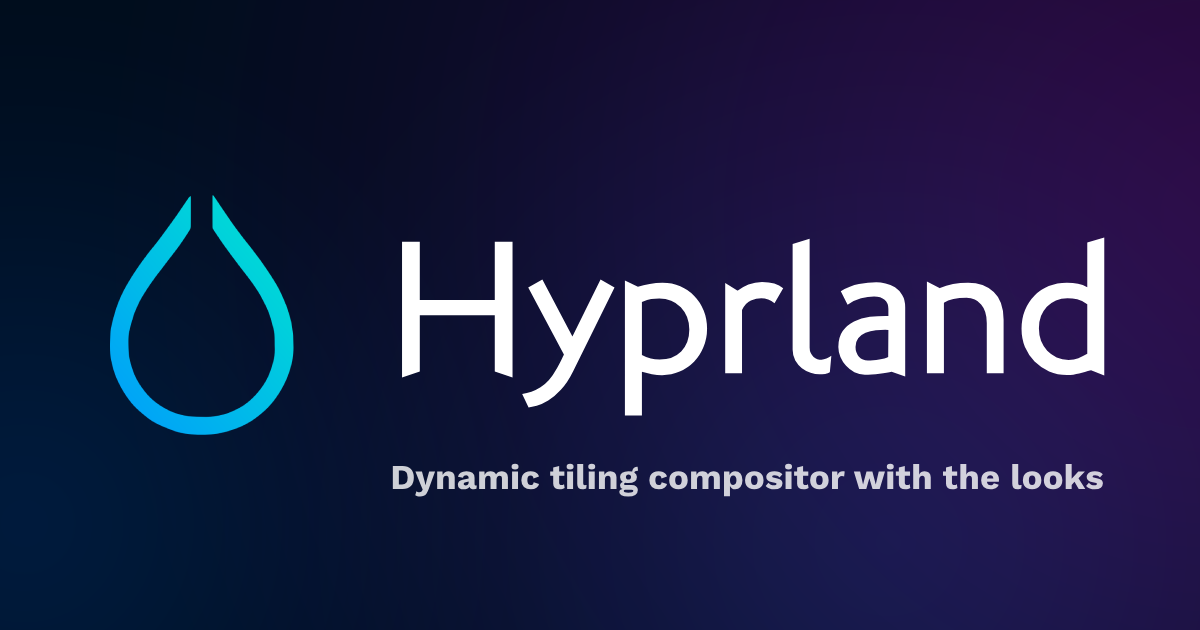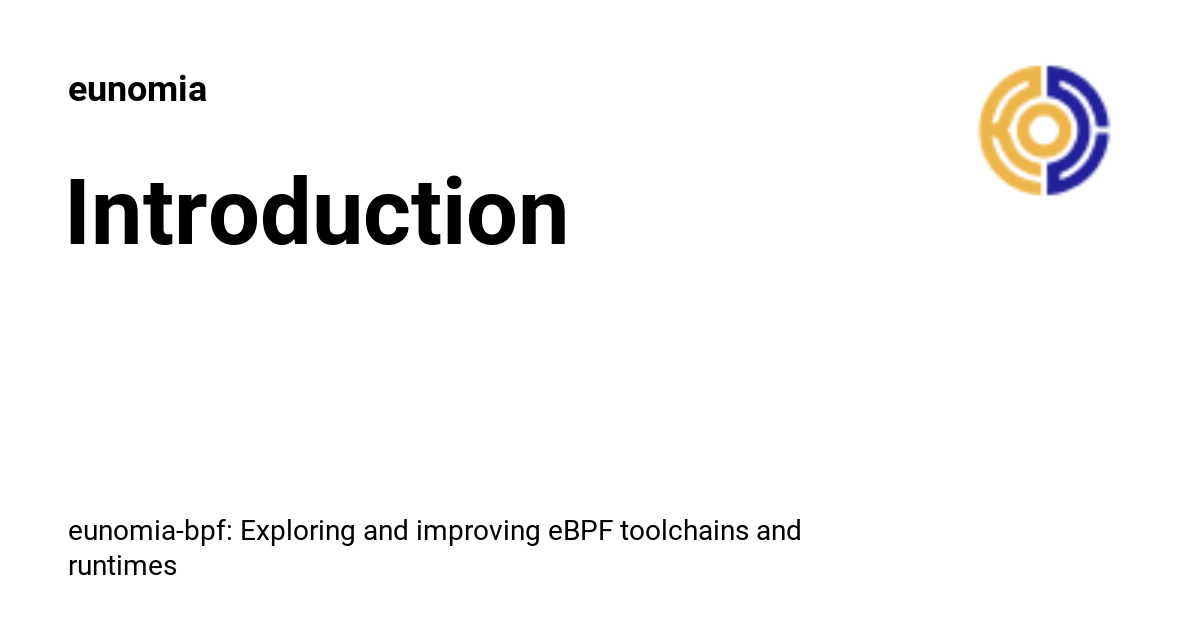- 73 Posts
- 326 Comments
Good idea to write a function, I’ll do that right now. Over the last few weeks I’ve been regularly doing the Ctrl+Z, bg, disown, which does get old pretty quickly. At least I now remember the terms and don’t have to search for them each time I need it :D

 1·2 days ago
1·2 days agoI believe the advantage is that old drivers still work as they are all in the kernel. With them sharing much code it’s not even that big of a disk space issue. Edit: A more dynamic approach would be great though, especially with this size issue popping up.
In a way it’s great that I’m able to replace any part of my system and it just works without me having to make sure the old GPU driver doesn’t leave some traces behind–altough while writing this the latter part shouldn’t be an issue with Windows auto download and installation of drivers.

 9·8 days ago
9·8 days agoThis DRM is built in to Play Integrity, and GrapheneOS only passes the basic check, so apps using this DRM won’t work.
Spoofing Play Integrity works with rooted phones, although it breaks from time to time.

 7·22 days ago
7·22 days agoThey are evaluating different ways to continue to support ad blocking. E.g. “unbraving” Brave Browser, or just implementing their adblock-rust.
They most likely won’t support MV2, since it would get increasingly difficult with each update to Chromium.
https://github.com/ungoogled-software/ungoogled-chromium/issues/662
Creating a wayland compositor based in wlroots is much more work than an X11 window manager. And then there’s quite a bit of work to keep up with new Wayland protocols.
But I personally don’t think there’s a need for more compositors, since the existing compositors do support all kinds of tiling.
E.g. river has custom layout providers, which allows for creating completely custom tiling behaviour. There’s even a hyprland plugin which implements river-layout-v3.

 3·24 days ago
3·24 days agoSince most of the fediverse is run by volunteers, blocking ads isn’t much of a concern.
Though I do agree with the sentiment and I love Firefox + uBlock Origin on my phone.

 1·1 month ago
1·1 month agoOh thanks, I didn’t know it’s an abbreviation.

 14·1 month ago
14·1 month agoIIRC Apple only is 1st in sales revenue and sold devices of a single sku. All Android phones combined have a far bigger share by volume.
Which makes sense, since iPhones are on average incredibly expensive, especially for many countries where they have to be imported.

 1·1 month ago
1·1 month agoI got the first part about Chrome as a joke, but after I read the edit I wasn’t sure anymore.
But seriously, Firefox kind of sucks.
Why do you think that? I’m happy with Firefox. It let’s me customize the tabs bar through
userConfig.cssto exclusively use tree style tabs and supports uBlock. That’s all I really need from a browser, but, sadly, all other browser only support basic vertical tabs.

 1·1 month ago
1·1 month agoA lot of edge lovers here
I guess many here don’t particularly like Chrome, just like they don’t like Edge.
I.e. using a browser that spies on you to download another browser that spies on you doesn’t seem like a great deal to me.
Both being based on Chromium there isn’t even any performance difference between them. Insert “they are the same picture”-meme.
After using Fedora Atomic for around a year, I’ve switched my mom over from Linux Mint. Since then a few years’ve gone by and there’s been no issues with automatic updates failing or not applying. That’s awesome compared to regular issues with dpkg errors because of shutdown/power loss while updating.
Obviously release upgrades still require manual intervention, but that’s an hour once a year for updating and testing if everything works as it should.
Personally I’ve switched to NixOS, because even with ublue image-based OS aren’t great for configuring window managers. In general, image-based OS are especially awesome for long-running, low maintenance systems. I wouldn’t want to use an OS which doesn’t provide some kind of rollbacks anymore (btrfs snapshots is the minimum).
Edit:
Do you feel it’s worth it to learn the nuances of their use?
Fedora Atomic is almost identical to regular Fedora, the difference is mostly how the root filesystem is managed:
The former are files from rpms get copied to an ostree image, which then gets mounted as the root file system.
For the latter dnf copies files from rpms to the root file system.
[…] did you manage to properly run AppImages […]
They always worked flawlessly on everything except NixOS (because of no FHS-layout). Through distrobox they should work on any distro.
[…] trying to install Outline VPN […]).
These kinds of not properly packaged apps are a big issue with ostree based systems. VPN provider apps need to be natively installed and usually aren’t available in repos.

 7·1 month ago
7·1 month agoThe Lemmy equivalent to a Reddit subreddit is a community.

 127·1 month ago
127·1 month agoGreat to see another map with satellite images, besides Google Maps and Microsofts Bing Maps.
Now they just have to stop blocking Linux based on the user agent. If I set it to Firefox on Windows, it works, but not if set to Linux. A major feature of browsers is that web devs don’t have to care about the underlying OS…

 15·1 month ago
15·1 month agoI’ve been using COSMIC Epoch pre-alpha for the past two months, and it definitly is on a good path. There’s still many bugs, but COSMIC has gotten much better, and more featureful (e.g. I’m finally able to use my keyboard layout of choice and rebind all keys accordingly). The only major missing feature is VRR/adaptive sync, because I really don’t like playing CS2 with vsync.
Sadly they switched from dynamic tiling (river, awesome) to manual tiling (sway/i3-style), but together with the window-movement-animations it’s awesome. Finally there’s a desktop with a compositor made with tiling in mind, and not as an afterthought.
Also I find it great how many distros already have COSMIC packages in their community repos.

 1·2 months ago
1·2 months agoIirc the droidcam module gives the virtual cam a proper name to be displayed in an app (e.g. browser, …).

 3·2 months ago
3·2 months agoAccording to Netflix documentation, they only support 720p on Linux, regardless of the browser.
Chrome officially supports 1080p on Windows and macOS, while 4k is only available through Edge on Windows and Safari on macOS.
In the past I’ve used a Firefox plugin to enable 1080p playback on Linux, but the bitrate was lower than the 1080p bitrate on Windows (with Edge, iirc).
https://help.netflix.com/de/node/30081
Edit: Luckily Jellyfin does not have such annoying restrictions.

 3·2 months ago
3·2 months agoNo DRM for desktop Linux supports 4k Netflix. IIRC Netflix doesn’t even support 4k on Windows for anything except Edge, at least that was the case for many years.
Using wev (wayland event viewer, which shows pressed keys) the side buttons show up as extra mouse buttons, so it should be possible to remap them.
button: 272 (left) button: 273 (right) button: 274 (middle) button: 275 (side) <- side button button: 276 (extra) <- side buttonPS: My old Logitech G710+ keyboard has some extra buttons which show up as normal numbers, which makes them pretty much useless. A while ago I found the now abandoned sidewinderd project which adds support for them. It’s sad that those manufacturers don’t create proper standards for these kind of things and instead hack it together somehow.
Once neomutt is set up, it just works. I’ve switched away from it because it doesn’t support (some especially shitty) html mails well enough, which had me open them in a proper browser. Thunderbird doesn’t have this issue and also works well with keyboard shortcuts.













I really wonder how you managed to uninstall nix. Editing configuration.nix shouldn’t even allow for removing .nix…
Anyway, this post made me remember why I used btrfs for my new btrfs system.